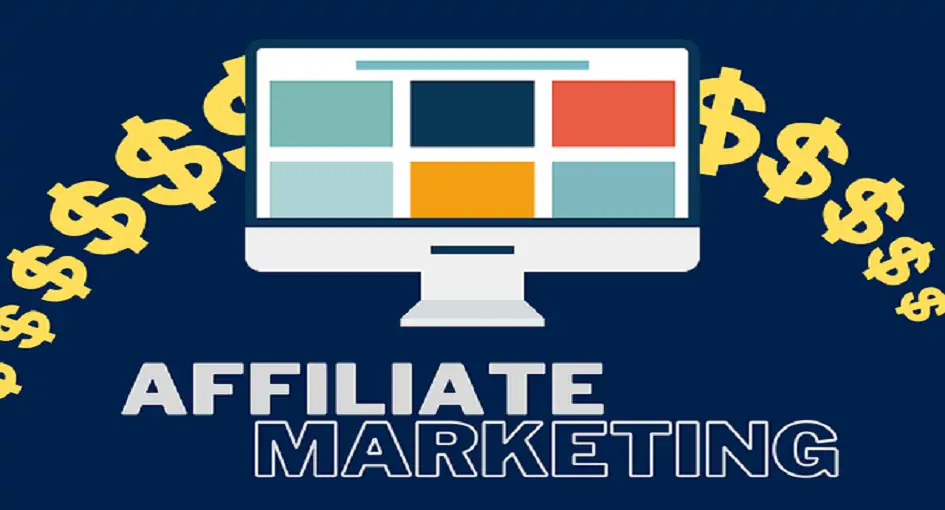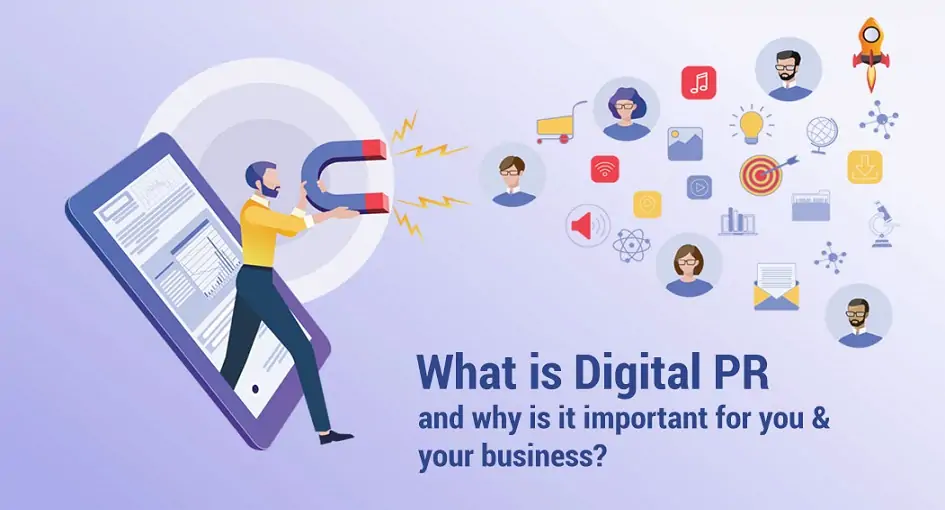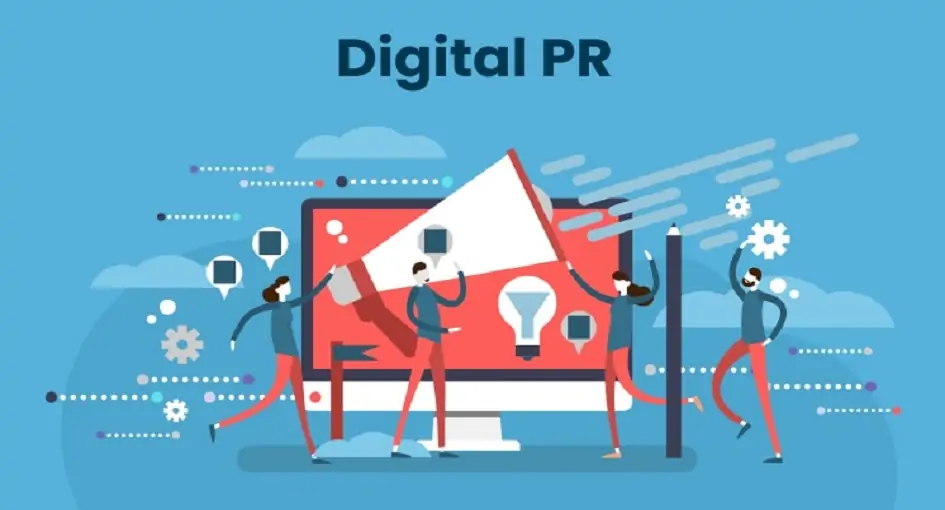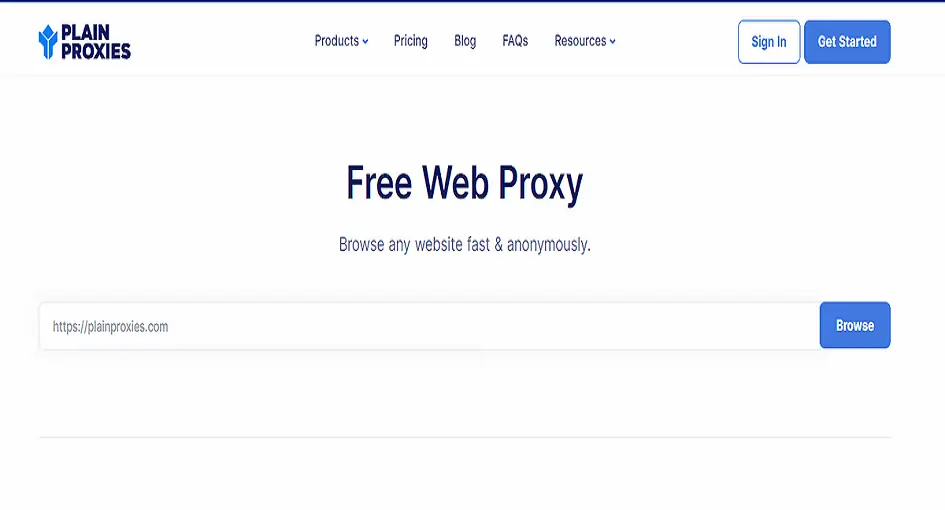Writing about lifestyle brands for a varied audience demands a sophisticated approach in the ever-changing world of content creation, one that takes into account the readers’ many identities, interests, and preferences. Learn how to create engaging content that connects with a variety of audiences, whether you work as a blogger, content marketer, or brand strategist. This will help you increase engagement, promote inclusivity, and develop brand loyalty.
In 2024, with society becoming more varied, there will be a greater need than ever for inclusive content, better engagement and connection, and a competitive edge—all of which will make it even more crucial to write content for a diverse audience. It is imperative that companies and content producers take this reality into account as society grows more varied and make sure their material stays relevant to shifting populations.
Moreover, catering to the interests and demands of various audiences may result in lost chances and the alienation of prospective readers. Reading material that directly addresses a range of experiences has a greater chance of striking a chord and making a connection, which encourages readers from various backgrounds to feel included and understood.
Drawing in a varied clientele can be a potent differentiator and competitive edge, drawing in more business, raising brand awareness, and promoting sustainability and long-term success. It is possible to mitigate risks and problems by deliberately targeting a varied audience and addressing issues of diversity and inclusion in content. These challenges and risks include backlash, reputational damage, and decreased audience trust.
It’s also critical for businesses and content producers to be in line with fundamental ideals and concepts like equality, fairness, and social responsibility.
It’s crucial to take a deliberate and inclusive approach when producing top lifestyle brands content for a varied audience. Incorporating multicultural perspectives, covering a wide range of topics and themes, guaranteeing linguistic accessibility, and assuring representation and diversity are all part of this. It is essential to treat delicate subjects with respect and empathy while taking historical and cultural settings into account.
It is important to provide readers of lifestyle brands examples with personalized content experiences that let them alter their feeds, get recommendations, and take part in interactive elements. Opportunities for connection and interaction should be created to promote community involvement. Iteration and ongoing feedback should be sought to comprehend changing needs and preferences. Diverse voices and viewpoints in content can be amplified through collaboration with influencers, content creators, and organizations from a variety of backgrounds.
Readers of lifestyle brands should have access to empowering tools and educational materials to help them succeed in a varied and inclusive environment. To enable readers to make positive changes in their lives and communities, these resources should provide direction, encouragement, and practical advice on issues like diversity, equity, inclusion, cultural competence, and social justice.
Strategies and Best Practices for Successfully Writing About Lifestyle Brands for a Diverse Audience
Understanding Your Audience:
Writing about lifestyle brands clothing and other products businesses requires you to have a thorough understanding of your audience to customize your writing to their tastes, needs, and areas of interest. Psychographic profiling, audience segmentation, audience research and feedback, competition analysis, trend analysis, data analytics, and persona construction are important processes.
1. Demographic analysis: Researching the characteristics of your audience, including age, gender, geography, income, education, occupation, and family status, is known as demographic analysis.
2. Psychographic profiling: Examining the values, beliefs, attitudes, lifestyles, and behavioral patterns of your target audience.
3. Audience segmentation: Producing material for specific audiences based on traits, passions, or habits in common.
4. Audience research and feedback: To improve your comprehension and customize your material for lifestyle brands, get input from your audience using surveys, polls, focus groups, interviews, or social media listening.
5. Competitor analysis: Analyzing the content strategies of your rivals to find gaps, opportunities, and points of differentiation is known as competition analysis.
6. Trend analysis: Keeping up with consumer, societal, and industry trends that could influence the lifestyle brands and habits-related decisions of your audience.
7. Data analytics: Making use of tools to monitor engagement metrics, content performance, and audience behavior.
8. Persona development: Developing comprehensive audience personas that reflect various subsets of your intended audience and include important behavioral, psychographic, and demographic traits as well as goals, objectives, and pain points.
Embracing Diversity and Inclusion:
To create lifestyle brands content that speaks to a broad audience and captures the depth and complexity of the human experience, lifestyle businesses must embrace diversity and inclusiveness in their writing. Representation, authenticity, cultural sensitivity, inclusive language, intersectionality, behind-the-scenes representation, cooperation and co-creation, education and awareness, feedback and involvement, and ongoing development are important tactics for accepting diversity.
To give all readers a sense of being seen, heard, and appreciated, representation entails showcasing people from all origins, cultures, identities, and spheres of existence in images, tales, and narratives.
When it comes to lifestyle decisions, traditions, and customs, cultural sensitivity entails being aware of cultural variations and nuances while avoiding tokenism, stereotypes, and performative gestures.
While intersectionality takes into account the intersection of variables including color, ethnicity, gender, sexual orientation, ability, religion, socioeconomic status, and age, inclusive language recognizes and respects the variety of the audience.
To produce lifestyle brands company content that appeals to a variety of audiences, influencers, content producers, and organizations from different backgrounds collaborate and co-create. To promote understanding and involvement, diversity, equity, and inclusion education and awareness are crucial.
To create more inclusive content for lifestyle brands, one must actively seek out opportunities to grow and adapt while remaining receptive to feedback and learning from mistakes. This is known as continuous improvement.
FAQs
What is an example of a lifestyle brand?
Nike is a lifestyle brand that promotes sports, fitness, and athleticism through marketing campaigns, sponsorships, and community initiatives. Its iconic swoosh logo and “Just Do It” slogan symbolize resilience, determination, and achievement, making it a global leader in the lifestyle brands category. Nike’s commitment to excellence, determination, and self-expression appeals to individuals aspiring for active, empowered lifestyles.
What are lifestyle products?
Lifestyle products are designed, marketed, and consumed based on a specific lifestyle or set of values, reflecting the interests, preferences, and aspirations of a target audience. Examples include fashion apparel, accessories, home decor, fitness equipment, technology gadgets, and wellness products. These products not only serve functional purposes but also contribute to the identity and self-expression of individuals, reflecting their personal tastes, interests, and values.
What is a luxury lifestyle brand?
Luxury lifestyle brands are high-end, luxury-focused brands that offer products and experiences for affluent consumers seeking premium quality, craftsmanship, and prestige. These brands cater to discerning consumers who value exclusivity, status, and elegance. Examples include Louis Vuitton, Chanel, Rolex, and Mercedes-Benz, which command premium prices and evoke a sense of aspiration and refinement among their clientele.
What is a lifestyle brand vs product brand?
A lifestyle brand is a brand that represents a specific lifestyle or set of values that resonates with its target audience. It curates a range of products, services, and experiences that reflect its brand identity. In contrast, a product brand focuses on selling individual products within a specific niche or industry, without embodying a broader lifestyle or cultural identity. Modern lifestyle brands aim to create a deeper emotional connection with consumers.
What is the most famous lifestyle brand?
Nike, a globally recognized lifestyle brand, is known for its iconic swoosh logo and “Just Do It” slogan. As a leader in athletic apparel and footwear, Nike promotes a culture of excellence, determination, and self-expression. Its marketing campaigns, sponsorships, and community initiatives appeal to individuals aspiring to lead active and empowered lifestyles. Nike’s cultural impact and widespread popularity make it a highly influential lifestyle brand globally.
Authenticity and Transparency:
When writing about lifestyle brands and products, authenticity and openness are crucial since they establish rapport, credibility, and trust with the reader. The following actions can be taken to add openness and authenticity to article writing:
1. Honesty in brand messaging: Don’t embellish or exaggerate when communicating your brand’s beliefs, mission, and products; instead, be genuine and truthful.
2. Telling stories with integrity: Tell real-world tales, experiences, and thought-provoking insights that speak to the goals and way of life of your audience.
3. Being transparent about product development: To establish confidence and trust with your audience, provide behind-the-scenes photos of your production facilities, supply chain partners, and sustainability projects.
4. Genuine influencer collaborations: Select influencers who actually connect with your business and value openness and sincerity as much as you do.
5. Customer endorsements and reviews: To offer social proof and validation for your company and goods, highlight real customer endorsements and reviews.
6. Price and marketing transparency: Steer clear of bait-and-switch methods, hidden costs, and misleading price strategies.
7. Managing errors and failures: Take ownership of any mistakes, errors, or failures that occur in your company’s operations, and be open and honest about the actions you took to fix them.
8. Accessibility and communication: Keep the lines of communication open with your audience and offer several avenues for assistance and feedback.
9. Authenticity and consistency across platforms: Make sure that your branding and message are genuine and consistent across all media, presenting a cohesive brand identity that fits with your values and appeals to the lifestyle choices of your target audience.
Tailoring Your Tone and Voice:
It’s critical to comprehend the preferences, interests, and communication styles of your audience in order to properly modify your tone and voice while writing about lifestyle businesses. This entails taking into account variables such as aspirations, values, gender, lifestyle decisions, and age. Your voice should reflect the values, mission, and vision of your company in your lifestyle brands content while also being consistent with your brand’s personality and identity.
By adapting your tone and voice to the context and audience expectations of each platform, you can match the content type and platform. If your material is about fashion, beauty, travel, or wellness, for example, think about the theme and subject matter and modify your tone appropriately. Employ suitable language and vocabulary; stay away from jargon and complicated terms that can turn off readers.
To make your content interesting and relatable, add personality and emotion to it. Provide personal anecdotes, thoughts, and experiences that emotionally engage your audience. Authenticity, empathy, and humor are key to building a real relationship with your readers.
To strengthen your lifestyle brands identification and establish familiarity with your audience, be genuine and consistent in your tone and voice. Keep your tone constant throughout all of your material. Try out various voices and tones to determine what speaks to your audience the most. Then, keep improving your communication plan in response to feedback.
Cultural Sensitivity and Awareness:
Writing about lifestyle businesses requires cultural sensitivity and understanding since it guarantees that the audience’s different identities and cultural origins are respected and acknowledged in the material.
Self-education, avoiding stereotypes and generalizations, respecting cultural differences, speaking inclusively, seeking the advice of cultural experts, taking into account cultural sensitivities, offering cultural context, acknowledging cultural appropriation, celebrating cultural heritage, and listening to and learning from mistakes are important tactics for incorporating cultural sensitivity and awareness.
Learn about the historical background and relevance of many cultures, traditions, practices, and social standards. Refrain from making generalizations and stereotypes because cultures are complex and varied. Acknowledge the variety of your audience and convey it in your material in an honest and courteous manner to show respect for cultural differences.
Seek advice and ideas from people with that cultural background or from cultural experts. When selecting topics, themes, and imagery, take into account ethnic, religious, and social values. Use inclusive language that encourages inclusivity and respect for variety. When talking about certain cultures or traditions, give background knowledge and cultural context. You can also celebrate cultural heritage by sharing your experiences, insights, and tales. To enhance your content writing techniques, be aware of cultural appropriation and pay attention to criticism.
Inclusive Language and Representation:
Writing about lifestyle businesses requires inclusive language and representation in order to make sure that every reader feels heard, seen, and appreciated. Using gender-neutral language, avoiding stereotypes, being aware of pronouns, representing diverse perspectives, avoiding ableist language, including diverse representation in visuals, acknowledging intersectionality, being inclusive in product descriptions, and highlighting diverse voices in content are important tactics for incorporating inclusive language and representation.
To prevent perpetuating binary gender standards, speak in a gender-neutral manner whenever you can. You should also refrain from employing stereotypes that are based on someone’s race, ethnicity, gender, sexual orientation, religion, disability, or any other trait. Use language that is gender-neutral, respect people’s choice of pronouns, and politely request that people use their preferred pronouns.
To make sure that every audience member feels represented and included, include diverse representation in visuals like pictures, videos, and graphics. Acknowledge how identities and experiences overlap to influence preferences and way-of-life decisions.
Be inclusive when writing about items and in promotional materials, emphasizing their appeal and all-around advantages. By including influencers, partners, or guest writers with a range of identities and backgrounds, you can draw attention to the many perspectives found in your lifestyle brands material.
Continue your education on diversity, equity, and inclusion by reading works by varied writers, seeking out different viewpoints, and using resources on social justice, cultural competency, and allyship.
Engagement and Community Building:
Writing for lifestyle brands businesses requires engagement and community building since these strategies let writers connect with their readers on a deeper level and develop a sense of loyalty.
Developing interactive content, fostering conversation, holding virtual events, showcasing user-generated content, providing special benefits, establishing a dedicated online community platform, working with influencers and ambassadors, actively listening to audience feedback, encouraging user reviews and testimonials, and fostering a sense of belonging are all important tactics for integrating engagement and community building into the content.
Polls, tests, surveys, competitions, challenges, and interactive storytelling experiences are examples of interactive content. Encouraging communication between the brand and its target audience is crucial, as is organizing online conferences to exchange insightful knowledge and offer professional guidance. Exclusive perks can encourage involvement and commitment, while featured user-generated content can showcase experiences and contributions.
Creating a specialized lifestyle brands online community platform enables viewers to interact, communicate, and connect over shared interests and lifestyle subjects. Working together with ambassadors and influencers can help you take advantage of their platform to inspire and engage your audience. A key component of lifestyle brands content production and engagement strategies is actively listening to audience input and adapting accordingly. The encouragement of user evaluations and testimonials might help you gain the confidence and trust of potential clients. It is crucial to foster a sense of community and belonging among audience members, making sure that everyone feels heard, visible, and appreciated by utilizing inclusive language and representation.
Continuous Learning and Adaptation:
Writing about lifestyle brands requires constant learning and adaptation since it keeps authors informed, current, and sensitive to the changing requirements and tastes of their readership.
Keeping up with industry trends, keeping an eye on analytics and audience feedback, testing and experimenting, seeking out different viewpoints, accepting criticism, being curious and inquisitive, adapting to changing conditions, investing in professional development, networking, and working with other content creators, marketers, and industry professionals, and remaining passionate and inspired are all important tactics for incorporating continuous learning and adaptation.
Writers can learn about the efficacy of their content and adjust their content strategy by following industry trends, interacting with thought leaders, and routinely observing analytics and audience feedback. Performance may be improved, and content strategy can be refined by experimenting with various content formats, themes, and techniques. Interacting with people of diverse origins, identities, and cultures can enhance the material and extend the perspectives of viewers.
The efficacy of lifestyle brands content creators can be increased by funding professional development initiatives like training courses, seminars, or workshops on branding, marketing, and content creation. Developing connections with marketers, other content producers, and business experts can lead to beneficial chances for education, development, and cooperation.
Conclusion: Writing about lifestyle brands and products effectively for a varied readership demands a deliberate and conscientious strategy that places an emphasis on engagement, inclusivity, and authenticity.
You can produce content that connects with a broad audience and encourages meaningful interactions with your brand by knowing your audience, embracing diversity and inclusion, being genuine and open, adjusting your tone and voice, exercising cultural sensitivity and awareness, using inclusive language and representation, encouraging engagement and community building, and always learning and adapting.
You may increase your brand’s visibility, significance, and effect in the eyes and hearts of your audience by using thoughtful and compassionate storytelling. This will promote long-term success and sustainability in the cutthroat world of content development.

























